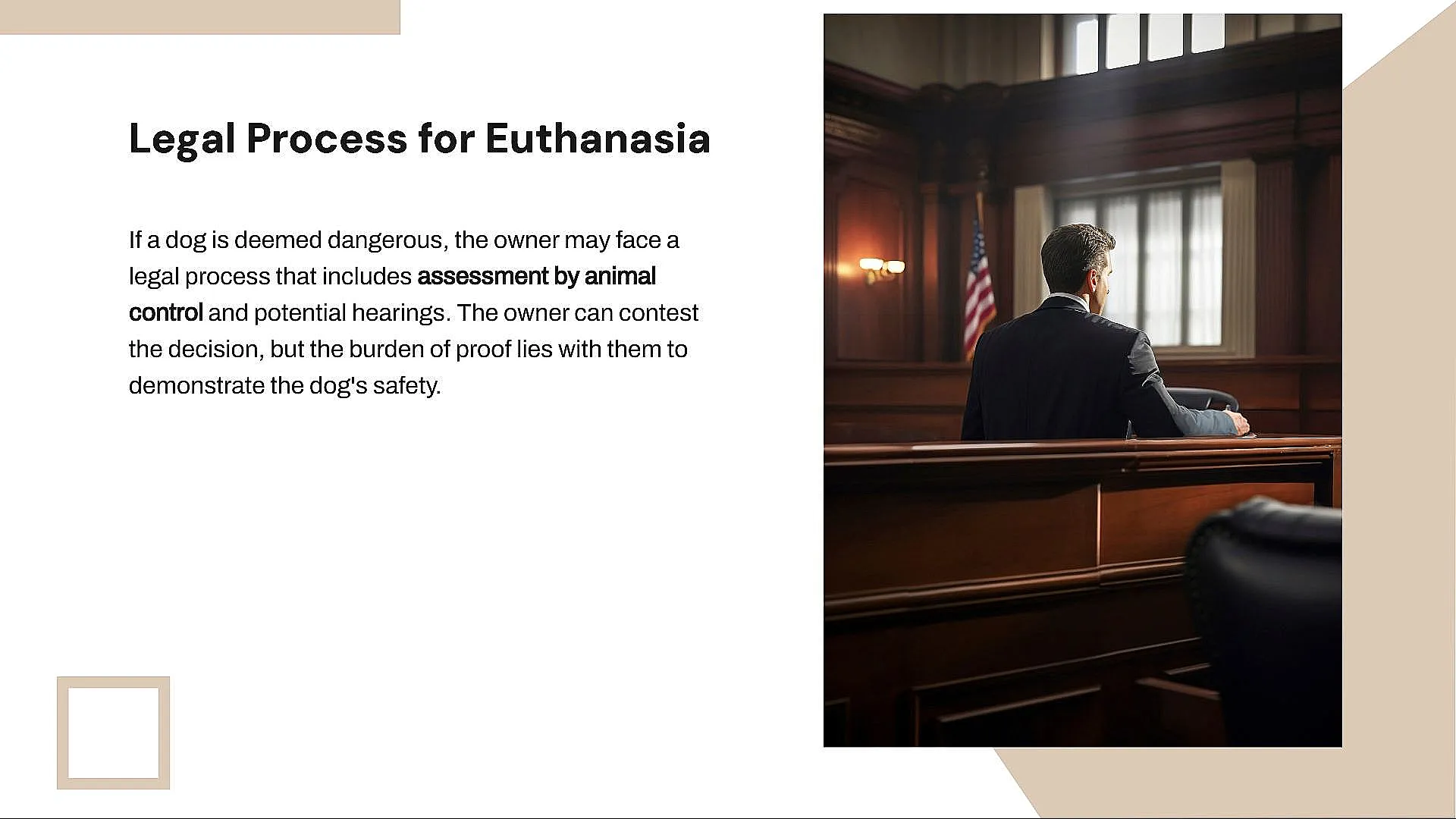
As a pet nutritionist, one of the questions I get asked most often is, “Can dogs eat star fruit?” that is also known as carambola.
While this tropical fruit may be tasty and nutritious for humans, is it safe for our canine companions to consume?
In this blog post, I’ll be answering the question of whether or not dogs can eat star fruit, as well as discussing the potential benefits and drawbacks of feeding it to your furry friend.
Short answer: No, dogs should not eat star fruit. The high levels of soluble calcium oxalate crystals (oxalate salts) in star fruit can cause carambola poisoning in dogs, leading to serious kidney damage.
What is star fruit and where does it come from?
Star fruit, known as carambola, is a tropical fruit with a unique star-like shape when sliced. It is native to Southeast Asia and India and has become popular in many other parts of the world due to its sweet and sour taste.
The skin of the carambola is thin and waxy, and the flesh is firm and juicy. Depending on the variety, it can range from yellow to green in color when ripe.
What are the different types of star fruit?
There are two main types of carambola: sweet and sour.
Sweet carambola
- Sweet carambola varieties are generally sweeter and less acidic than sour varieties. They tend to have a mild, sweet-tart flavor and a slightly softer texture. When ripe, sweet star fruit is typically yellow or yellow-green in color and has smooth, waxy skin.
Sour carambola
- Sour carambola varieties are generally more acidic and less sweet than sweet varieties. They tend to have a tangy, tart flavor and a slightly firmer texture. When ripe, sour star fruit is typically green in color and has a rough, bumpy skin.
What is the nutritional value of star fruit for humans and dogs?
Starfruit is an excellent source of vitamins and minerals for humans. This fruit contains B1, B2, and C vitamins, minerals, and bioactive compounds. It is also a good source of fiber. However, it should be avoided by people with kidney issues as they contain a toxic substance that can affect the brain and cause neurological disorders.
Unfortunately, carambola is highly unsafe and toxic to dogs. Ingestion of star fruit can cause a sudden decrease in calcium which can lead to acute kidney failure. Therefore, it’s best to avoid feeding starfruit to your canine companion.
Can dogs eat star fruit?
No, dogs should not eat star fruit. The high levels of soluble calcium oxalate crystals (oxalate salts) in carambola can cause star fruit poisoning in dogs, leading to serious kidney damage.
When canines ingest too much of this chemical, it binds with the calcium in the dog’s body and causes a sudden drop in calcium levels and calcification of the kidneys.
If you want to give your pup some vitamin C-rich treats, opt for small amounts of blueberries, raspberries, cranberries, watermelon, or cantaloupe instead.
One kidney patient died from oxalate acid by eating just one carambola.
What are the symptoms of star fruit poisoning in dogs?
Symptoms of carambola Poisoning in Dogs can include;
- vomiting,
- diarrhea,
- chronic hiccups, and
- changes in urination.
If your pooch starts showing any of these symptoms within 6 hours of ingestion, seek veterinary help immediately as the effects can be severe.
Fun facts:
This fruit makes perfect star when cut in crosswise
The name “cucumber tree” was given to the star fruit by English travelers who encountered it in Asia.
What is the treatment for Star Fruit Poisoning in Dogs?
As soon as you notice any signs of poisoning in your pup, it is important to contact the veterinarian immediately. Symptoms of the poisoning include;
excessive thirst and urination.
Your vet will want to make sure that the toxicity levels of calcium in your pup’s urine are monitored closely as this can be an indicator of the severity of the poisoning.
If caught early enough, treatment for star fruit poisoning are like supportive care and management that can help alleviate some of the symptoms. He/she will provide fluids to help with dehydration caused by excessive thirst and monitor kidney function.
How much starfruit is toxic?
Eating too much starfruit causes oxalosis, which occurs when the body’s kidneys are unable to process the high amount of oxalic acid present in the fruit. Symptoms of oxalosis include
- nausea,
- vomiting,
- dizziness,
- irritated skin,
- and even kidney failure in severe cases.
As such, it is important to limit how much starfruit one eats.
What are some alternatives of star fruit that may be safer for dogs to eat?
You can give your furry friend blueberries, raspberries, and kiwi. They all are safe options.
Kiwi, in particular, is an excellent source of fiber, vitamin C, and potassium. It also contains flavonoids which can help protect against free radicals and provide additional health benefits.
Apart from these berries, fresh vegetables and flowers can also be provided as part of a balanced diet for your pooch.
You can also look for specially formulated dog snacks with fruits that are safe for dogs such as the Berries ‘n Cherries variant.
But do remember to avoid giving your pooch grapes and raisins.
Final thought
As a pet nutritionist, I strongly recommend against feeding star fruit to dogs. While it may be tempting to share human foods with your furry friend, it is important to remember that what is safe for humans may not necessarily be safe for dogs. In this case, it is best to avoid giving star fruit to your dog altogether.











